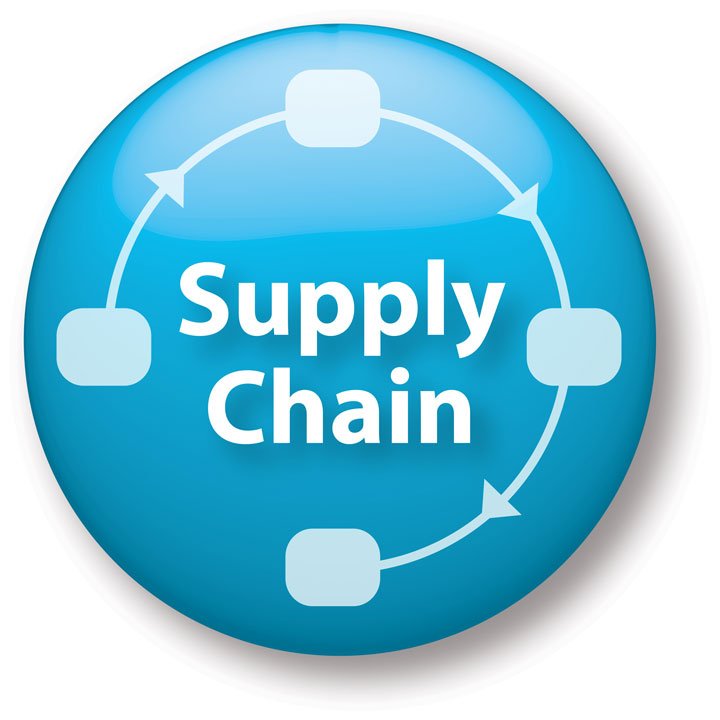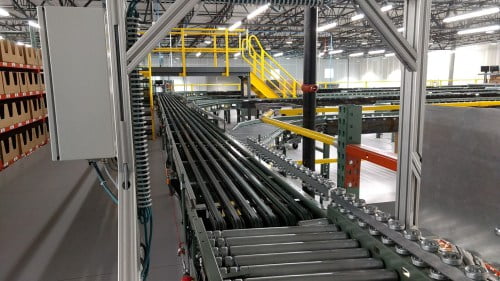Published January 29, 2015
Jim Tompkins, CEO
Tompkins International
An illusion is a false belief not in accord with the facts. An illusion is a false perception of what one sees, feels, hears, smells or tastes. So an illusion happens when there is a distortion of our senses resulting in our brain not obtaining an accurate view of reality. Interesting, but SO WHAT? Well think about these questions:
- What is the definition of a retailer?
- What is the definition of a consumer products firm?
- What is the definition of a B2B firm?
- What is the definition of a B2C firm?
These four questions were very easy 2-3 years ago, but are not easy to answer today. As examples, consider these questions:
- Are Wal-Mart, Target, Amazon, Costco, Kroger, and Kohl’s retailers or consumer products firms? Today they are both. Yes, originally they were retailers but when they began selling private label products, they also became consumer products firms. Wal-Mart has 36 different Private Labels, Target has 3, Amazon has 3, Costco has 1, Kroger has 7, and Kohl’s has 5. But, be careful with these numbers. For example, Costco’s 1 “Own” Brand- Kirkland Signature, has over 300 products.
- Are Uggs, Crocs, North Face, Maybelline, Nike, Adidas, Clinique, Ray-Ban, Mattel, and Gillette consumer products companies or retailers? Today they are both. Yes, originally they were consumer products firms, but when they began selling direct to consumers, they also became retailers.
- Are WW Grainger, Fastenal, HD Supply Holdings, and MSC Industrial Direct B2B or B2C firms? Today they are both. Yes, originally they were B2B firms, but now they are also sell B2C.
- Are Staples, Amazon, Home Depot, HP, and Cadillac B2C or B2B firms? Once again, today they are both. Originally these firms were focused of B2C, but over time they have evolved into being both B2C and B2B.
So, the illusions are:
- Wal-Mart, Target, and others are retailers but, they are actually retailers and consumer products companies.
- Uggs, Crocs, and others are consumer products companies, but they are really consumer products companies and retailers.
- WW Grainger, Fastenal, and others are B2B, but they are really B2B & B2C companies.
- Staples, Amazon, and others are B2C, but in reality, they are B2C & B2B companies.
So, we see thousands of Wal-Mart RETAIL STORES and thousands of products for sale at the Wal-Mart.com. Since RETAIL STORES and RETAIL WEBSITES are categorized by our brain as being associated with RETAILERS, we are under the illusion that Wal-Mart is a RETAILER. However, since 1991, when Sam Walton introduced his first consumer product under the private label “Ol’ Roy” (yes, named after Sam’s dog, a great line of dog food), Wal-Mart has also been a CONSUMER PRODUCTS COMPANY. Since that year, Wal-Mart has introduced 35 more private label brands and thousands of product offerings that are produced for Wal-Mart, the consumer products company, yet we continue to think of Wal-Mart as a retailer.
So, YOU SAY: “Interesting discussion about illusions, but again, SO WHAT?” Ok, hang on! We often label specific companies, but then fail to re-evaluate these labels again to see if these individual firms have morphed into something different. This behavior must change. Just as an organization changes from one business model to another, the firm’s supply chain must do the same. If not, these illusions will give us a false perception as to how a supply chain should be designed, should operate, and must perform. For example: let’s say a world-class food & beverage consumer products firm has inventory turns of 18 and a world-class grocery retailer has inventory turns of 32. If we have the illusion that this firm is a grocery retailer, but in fact they are a grocery retailer AND a food & beverage consumer products company, then what inventory turns should we expect?
As a company morphs from one business model to the next, so to must their supply chain. Designing operations and benchmarking the supply chain must be based upon the reality of the firm’s business model and not an obsolete illusion of what it once was.
Here is a related question for you: I have already said in this blog that Amazon is a retailer, a consumer products company, a B2B company, and a B2C company. Aren’t they also a 3PL? How does this impact the Amazon supply chain?
Just think about the business model illusions that you have and how these false perceptions might be having an impact on your supply chain.



